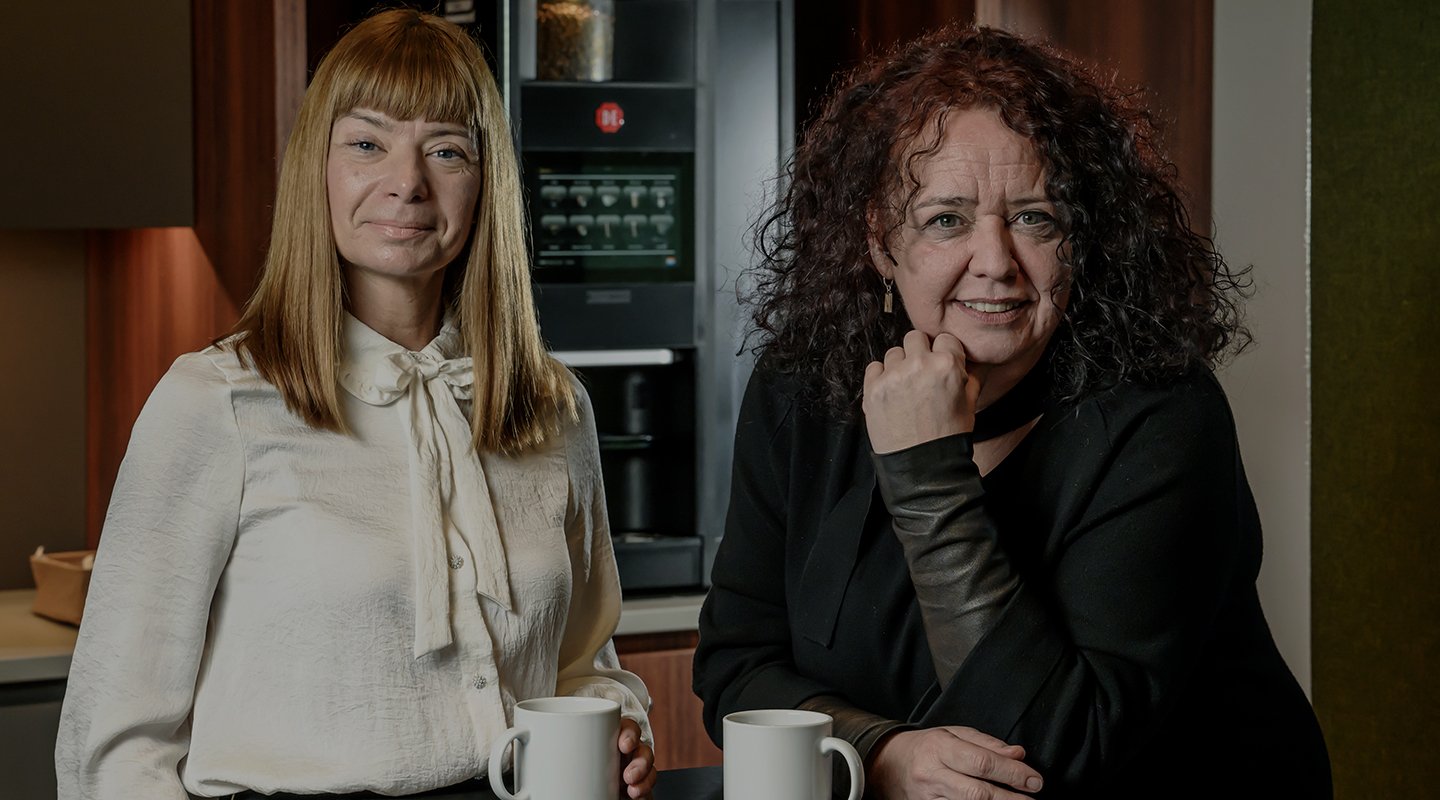
Opportunities for diverse talent
“We take a very wide view of diversity and inclusion”
Text: Matthias Van Milders | Freelance editor Go For Happy magazine, Jobat
Image: Geert Van De Velde
Last year, what diversity and inclusion-related achievement were you proud of?
Martine: “We made major efforts to attract young talent. Young people today are diverse by definition, especially in a metropolitan environment. In Belgium, that translates into many more diverse people who are interested in Mediahuis. That’s why, for example, we looked closely at how we could make our job ads as inclusive as possible and distribute them through alternative social channels and networks. And after a year, we can see the results of that in our recruitment. That’s great.”
Désirée: “In the Netherlands, everyone in the newsroom attended training on the broad concepts of diversity and inclusion. What does it mean for you and for the organisation? In addition to the company, there is our reporting itself. We constantly question who we give a platform to and on which topic. For now, we’re only looking at gender: what do we let men or women talk about? But we hope to be able to measure even more dimensions.”
Martine: “The inside of our organisation really has to be connected to the outside. If we have a diverse population of employees who address the voices in society, then our core product, the news, can only benefit from that.”
As a reflection of society, is Mediahuis where it wants to be? Or is there still work to be done?
Désirée: “We still don’t have enough representation of people from diverse cultural backgrounds. So more awareness is needed. Connection is also crucial. We recently launched the Safe Space experiment. Alongside an external coach, colleagues can talk openly once a month about the issues they are facing. This can result in anonymous feedback to management, and that input allows us to make adjustments if necessary.”
Martine: “Diversity is about more than just cultural background or gender. It’s also about age, religion, sexual orientation, physical or mental disability, even personality. That’s why we organise meetings of people from different departments in different countries. They exchange ideas on diversity and inclusion. That way, we avoid the topic being nothing more than a club behind closed doors. It has to be in the DNA of the organisation and that’s how we bring it to life.”
Stability at the top means that positions don’t often change. What do you tell employees who want to progress?
Martine: “Stability at the top is very good, because there is a lot of experience there. It’s true that most CEOs in our organisation have been in their role for a long time. That might give the impression that there are few opportunities for advancement. We’re aware of that. But this is a growing organisation. More challenges are coming our way, creating new roles that are of strategic importance. I’m thinking of our sustainability project IMPACT, with its focus on reliable news, on diversity, inclusion and development and on our carbon footprint. By opening up those strategic roles to people in the organisation, we learn about their talents. Giving them opportunities now means they may be ready when we need a new CEO one day.”
How is the gender ratio at Mediahuis?
Martine: “We have lots of women in our organisation, but they don’t always progress. On the one hand, this is to do with the fact that positions don’t often come up at the top of the organisation. Although you can also move horizontally and thus broaden your competences and talents. On the other hand, we note that women have greater barriers. Research shows that women still tend to take on a bigger role at home, even though the world is changing. Women are also generally more reluctant to apply if they feel they don’t fully meet the requirements in a job posting. It’s therefore important that we make our postings as accessible as possible and at the very least start the conversation.”
Désirée: “That’s very recognisable for our Dutch entities too. Although the male-female ratio in management at Mediahuis NRC is 50/50. And we see quite a few women in leadership positions in editorial.”
What place do younger and older employees have within the organisation?
Désirée: “Relationships between generations can pose a challenge. We’re working specifically on that connection as part of our inclusive culture. Journalism is a craft and a young journalist can learn from an older colleague. But that older journalist can also learn from a Gen Z or millennial. It’s all about connection.”
Martine: “There is little turnover in our organisation. But we are taking several initiatives to attract young people to our newsrooms. In Belgium, we have the Youth Lab, where we bring in young people for a one-year traineeship. We’re doing that in Ireland, too. At NRC, we offer budding journalists a trainee programme. In the Netherlands, the Young Mediahuis group connects all the young people in the organisation. And then you have the German tradition of traineeships, where students are integrated into the company during their master’s. That’s how several of our German colleagues started. In Amsterdam, two young people were commissioned to set up a youth news channel. We need to be engaged today with the paying readers of tomorrow. That project is called C.Tru, and the idea is that the whole organisation can learn from it.”
Martine, in the previous annual report you said you believed Mediahuis did not deliberately exclude anyone. At the same time, you raised the question of whether there is sufficient awareness of the barriers in recruitment and selection. How do you view that a year on?
Martine: “I don’t think we are yet where we would like to be. But we are definitely taking steps in the right direction. We also show that to everyone who works here. In Belgium, for example, we have Mediahuis All-in. If we take part in the Antwerp Pride, we tell people about it that way.”
Désirée: “Will the work ever be finished? I don’t think so. It’s an ongoing process of awareness. But in future, I don’t want to call them barriers, but subjects that need attention.”
You mentioned personality as a dimension of diversity. Are you consciously working on that?
Martine: “An environment where you can be yourself, obviously adapted to a professional context, I think that’s crucial. In terms of personality, we don’t want carbon copies. Different personalities enrich a team.”
Désirée: “We ask hiring managers to look very consciously at the personalities they already have in their team and those they are missing. We take a broad view of diversity; for example, we want people from the countryside on the editorial staff as well as people from Amsterdam. Working on diversity means searching much more specifically, including in different places. It’s true that society and education are becoming more diverse, but it takes too long. That’s why we’re choosing to use other channels.”
Martine: “If diversity in education is too limited, then society’s work should start at a much younger age. Many young people don’t have a spontaneous passion to work in the media, and there is low trust. That’s why we need to keep up the conversation.”
What role do managers have in this story of diversity and inclusion?
Désirée: “People in management need to be role models. If they don’t assume their responsibility, you can forget about it in the rest of the organisation. We have a leadership profile with a number of skills we want to see in our managers. We ask them to help with the digital transition and to support the people in our organisation. What’s very important is that managers and employees communicate with each other in an intentional and appropriate way.”
Martine: “As well as leading by example, managers are also decision-makers in the business. You can’t underestimate how much leadership has changed. Just think of remote management during the pandemic. Today we manage by results, not presence. The manager is also the connector and coach. They have to be able to give and receive feedback, and be authentic. They should be someone who drives change and ensures that teams are engaged. Finally, the manager must ensure that teams as well as individuals continue to grow. That matters. That’s why we organise intensive leadership programmes.”
What’s your overall assessment of Mediahuis’ diversity and inclusion efforts in 2023?
Martine: “We’re doing well, but there is room for improvement.”
Désirée: “We’re on the road, but not yet at the destination. That’s if we will ever get there, because it’s an ongoing process.”
Martine: “I’m positive. If we stop and look back from time to time, we can see that we’re getting results.”
Désirée: “Exactly!”
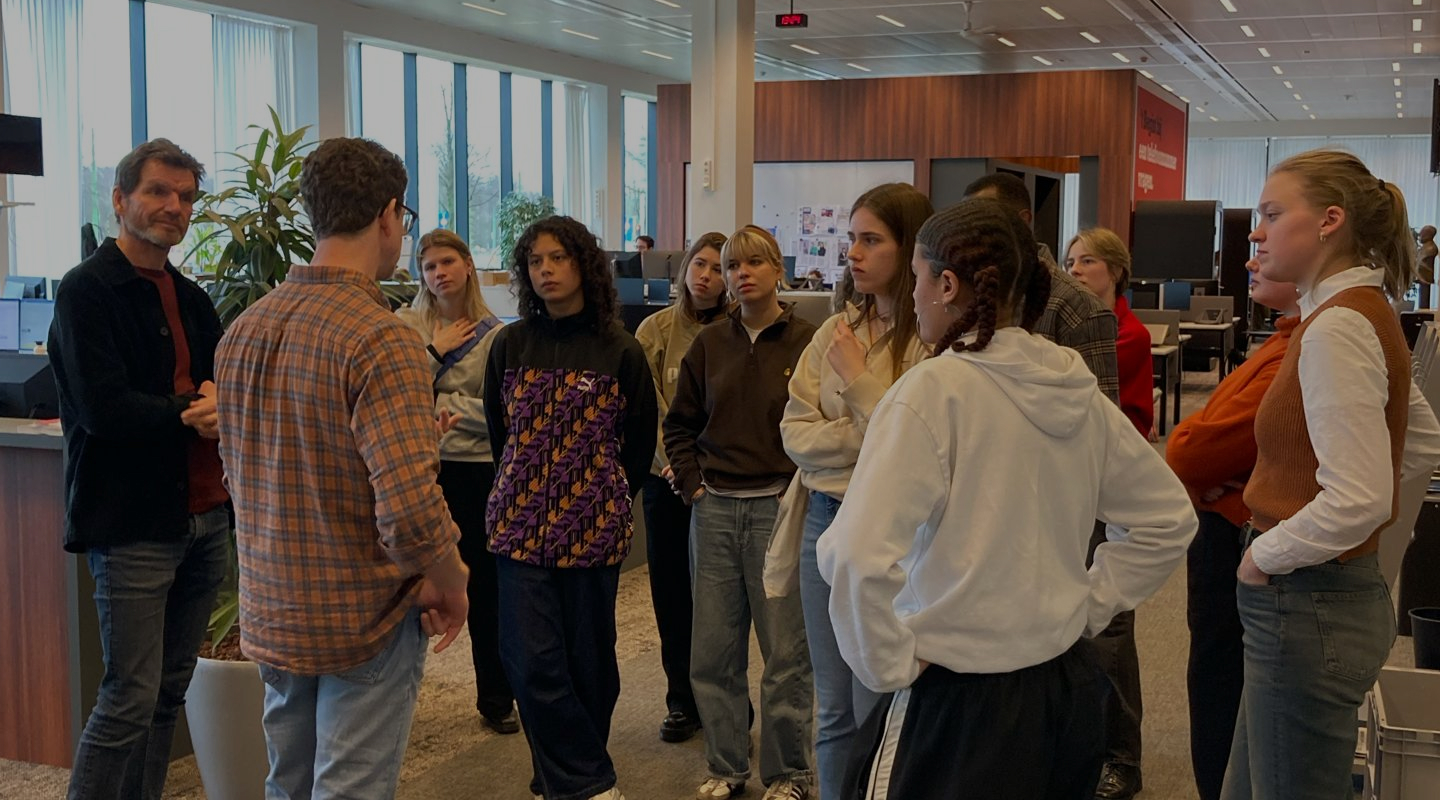
5 for 5:
5 questions to 5 young journalists
5 for 5:
Anna-Lena Würz
Journalist Télécran (Mediahuis Luxembourg)
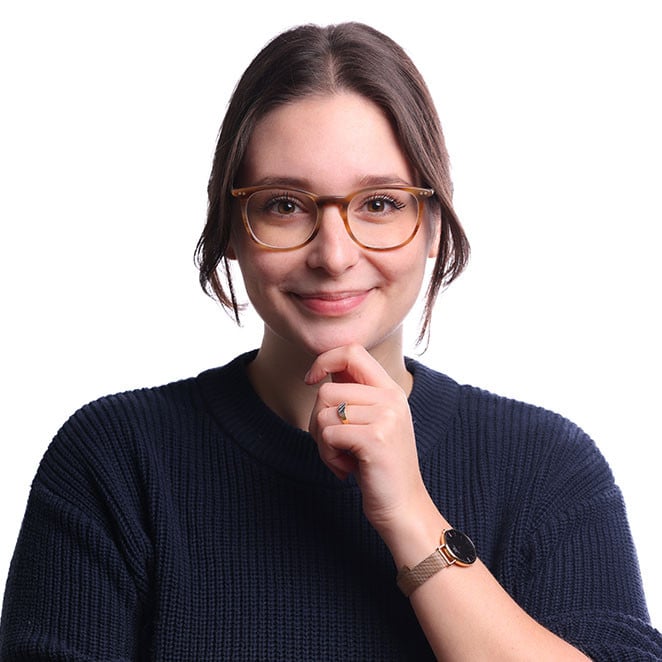
1. If you were editor-in-chief for a year from tomorrow, what are the first three things you would change?
In this world dominated by largely negative news, I would argue for journalism that is constructive. I would issue internal guidelines to keep journalism and advertising strictly separate. I would bring the various media brands of Mediahuis Luxembourg even closer together and focus on collaboration and communication.
2. What would be on your wish list to make your title more youth-oriented and more diverse?
Recent research by the Luxembourg statistics portal Statec shows that 73% of young people in Luxembourg aged between 16 and 24 mainly learn about national and international issues online. To appeal to younger and more diverse readers, the Télécran print magazine should have a digital presence. Luxemburger Wort already publishes multimedia stories, but it should publish them even more prominently. Finally, it would be useful to have guidelines to help you write for certain target groups, such as people with disabilities.
3. How can Mediahuis make its editorial teams younger and more diverse?
If the Mediahuis brands become younger and more diverse, more young and more diverse people will automatically be attracted to it. Today, it’s difficult to find employees with the right profile. This can only be solved by making the profession of journalist more attractive and visible.
4. Which news brand, inside or outside Mediahuis, do you admire for the way it appeals to young people? What do you like about the brand?
For me, the German Tagesschau is the personification of reliable journalism. I like how they appeal to young people on Tiktok, how they adapt to new formats and yet still guarantee quality information. Luxemburger Wort is also doing great on social media, with videos perfectly tailored to their target audience.
5. How much would you pay a month as a subscriber for your news brand? What would need to change to make you willing to pay more?
That’s a difficult question. But either way: to get readers to pay more, we need to remind them of the added value of quality journalism. It’s not just about informing young people, but also about encouraging them to think and form an opinion.
5 for 5:
Azmia Riaz
Features Reporter Irish Independent (Mediahuis Ireland)

1. If you were editor-in-chief for a year from tomorrow, what are the first three things you would change?
Create separate sections to tell stories about climate change, mental health and identity. Use podcasts, TikTok and Instagram for storytelling and not just for promotional purposes. Let journalists tell their stories and be creative with them in terms of format. Be alert to journalists’ mental health.
2. What would be on your wish list to make your title more youth-oriented and more diverse?
As a features journalist, I feel there is room to tell stories about Ireland that traditional media have little or no interest in. There are young readers who ignore us because they don’t identify with what we write. I’m talking about gender-fluid people, people from migrant backgrounds, people with disabilities, etc. There is definitely room to be the first major, fearless news platform for an Irish society in transition. I would love to write honest human interest stories about what young people from different backgrounds care about.
3. How can Mediahuis make its editorial teams younger and more diverse?
When it comes to issues related to minorities, we should let those people tell their own story. It’s exhausting to hear your story told by a journalist who has no connection with your life or feelings. Our newsrooms need to be much more reflective of society so we can report on that society in an accurate and experienced way.
4. Which news brand, inside or outside Mediahuis, do you admire for the way it appeals to young people? What do you like about the brand?
The Guardian. It looks at politics, relationships and everything to do with identity from different angles.
5. How much would you pay a month as a subscriber for your news brand? What would need to change to make you willing to pay more?
€10. I would pay more for personalised news.
5 for 5:
Simon Doesborgh
Reporter De Limburger (Mediahuis Limburg)
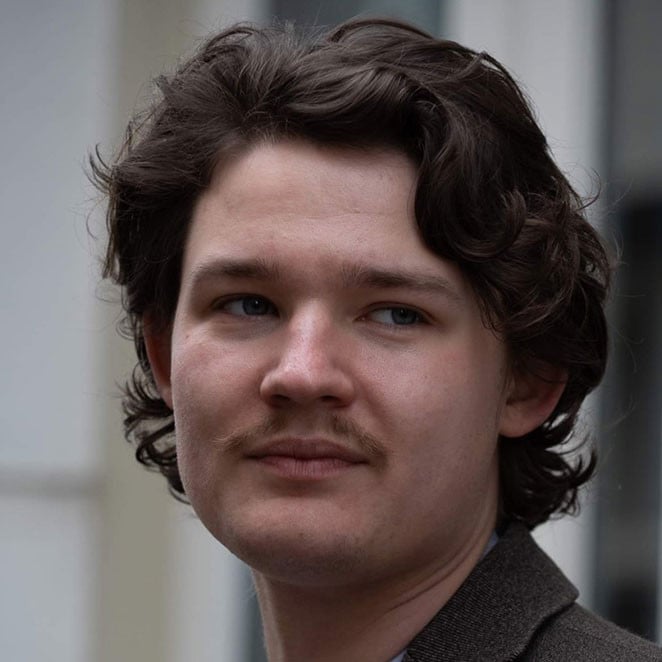
1. If you were editor-in-chief for a year from tomorrow, what are the first three things you would change?
I would develop a reaction platform on our website. The news that De Limburger offers is always one-way traffic: we provide and the reader consumes. If we give people the opportunity to actively engage in the conversation of the day, we can better connect them to our brand. With proper moderation, of course. An example of where this works well is NU.nl.
2. What would be on your wish list to make your title more youth-oriented and more diverse?
I don’t think we’re embracing the possibilities of digital news delivery enough. If we focus more on technological advances such as AI and give our app a more modern look, there is a lot we can achieve. Let’s move away from the newspaper as the messenger, and see the news as the starting point of a discussion.
3. How can Mediahuis make its editorial teams younger and more diverse?
The problem now, if I understand correctly, is that young people find De Limburger too old-fashioned and outdated. Graduates prefer an employer they see as offering them more of a future. By making it clear that we’re embracing innovation, such as AI, the paper can be attractive to young people again.
4. Which news brand, inside or outside Mediahuis, do you admire for the way it appeals to young people? What do you like about the brand?
Friends and people I know often have a subscription to De Volkskrant or NRC. Why these newspapers are so popular isn’t entirely clear to me. I think their in-depth journalism means they offer something different to free news sites like NOS and NU.nl. That depth is valued by young people, too.
5. How much would you pay a month as a subscriber for your news brand? What would need to change to make you willing to pay more?
As a North Limburger, I think the emphasis of De Limburger is perhaps still too much on the south of the province. If I were to pay €20 for it every month, the North Limburg element would need to be a bit more obvious.
5 for 5:
Deniz Nalbantov
Video reporter Gazet van Antwerpen (Mediahuis België)
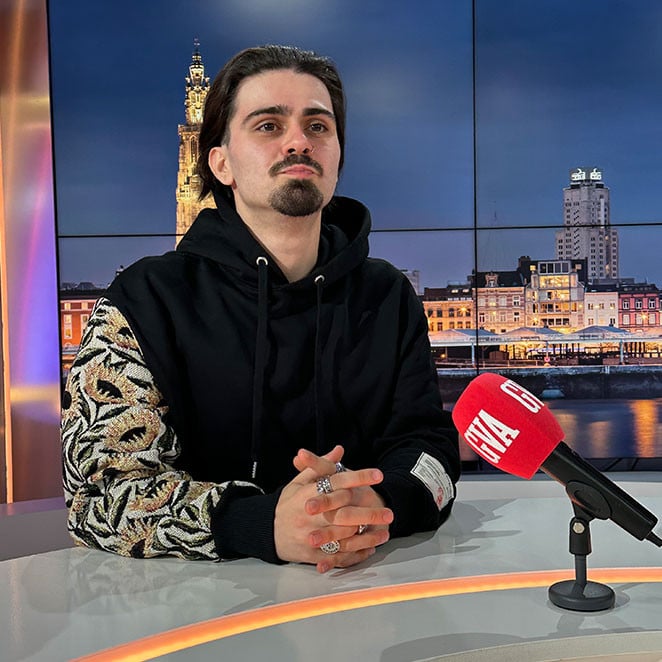
1. If you were editor-in-chief for a year from tomorrow, what are the first three things you would change?
I would make the newsroom younger and more diverse. There is so much talent and potential in young people because they’re starting to develop their talents earlier than ever. It would be a shame to leave that talent for another company to discover it. I wouldn’t always report in such a serious way. If it’s important and serious news, of course it should be published in a serious way. But light-hearted news can really be served more creatively. Invest more in video. Everything happens online today. People there prefer a news video to an article. Video is the future of news.
2. What would be on your wish list to make your title more youth-oriented and more diverse?
Launching a social media editorial team would be ideal. Young people are mostly on social media. There should be an editorial team that focuses entirely on bringing news through the socials.
3. How can Mediahuis make its editorial teams younger and more diverse?
You get younger and more diverse newsrooms by publishing news about younger and more diverse topics and people. As long as the news doesn’t cover topics that interest young people, young people aren’t going to want to work for that medium.
4. Which news brand, inside or outside Mediahuis, do you admire for the way it appeals to young people? What do you like about the brand?
Studio Brussel and nws.nws.nws are pretty good at this. Studio Brussel has young faces that are recognisable and always linked to the medium they work for.
5. How much would you pay a month as a subscriber for your news brand? What would need to change to make you willing to pay more?
If the news brand I work for focused even more on video and online content, I’d be prepared to spend €5 a month on it as a young person.
5 for 5:
Daphne Douwes
Journalist, Sikkom (Mediahuis Noord)
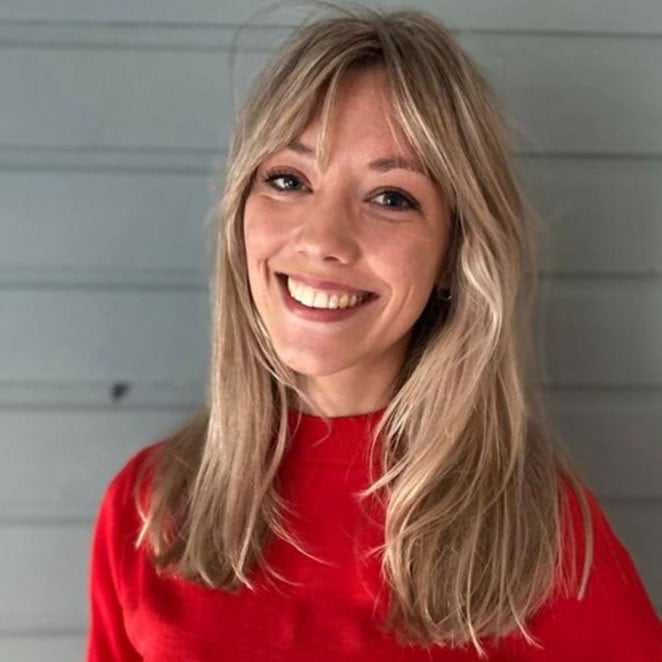
1. If you were editor-in-chief for a year from tomorrow, what are the first three things you would change?
I would treat all brands within Mediahuis as online brands: fully online first and social media first. I would expand the social media teams and recruit more young people.
2. What would be on your wish list to make your title more youth-oriented and more diverse?
To be and remain young and diverse, it’s important that you’re active among young people as a brand, so they know how to find you. In my opinion, Sikkom already does this very well. On my wish list is to build a network like this myself.
3. How can Mediahuis make its editorial teams younger and more diverse?
Most importantly: hire more young people, from different backgrounds. The company should actively seek them out and consider the age ratios within a team. The more evenly distributed, the better. You could also appoint a separate reporter specifically targeting young people.
4. Which news brand, inside or outside Mediahuis, do you admire for the way it appeals to young people? What do you like about the brand?
NOS Stories is a brand that really speaks to me. They hit the right tone and do well at both light-hearted and heavier topics. C’estmocro’s account is also doing very well on Instagram. I find it incredible how they have gained so many followers in a short time.
Like NOS Stories and C’estmocro have done, it’s important to create a bond with your followers and build a community. I also think this is what makes Sikkom so popular: creating recognition and a sense of belonging among your target audience.
5. How much would you pay a month as a subscriber for your news brand? What would need to change to make you willing to pay more?
€10-€15 a month, comparable to the cost of a Netflix or Spotify subscription. The more distinctive the stories, the more I would pay. You need to feel like you don’t want to miss out on anything.
Mediahuis Ireland focuses on equality, diversity and inclusion
Mediahuis is an organisation where everyone should feel welcome and safe, regardless of their gender, culture, age, orientation, origin or faith. The Equality, Diversity & Inclusion (EDI) Committee was established at Mediahuis Ireland in 2023, with the objective of setting the organisation on the path to becoming an inclusive workplace where everyone can be themselves.
The committee consists of employees from across the business and meets monthly to discuss relevant subjects and organise EDI-related activities. Examples include a cooking demonstration with an Indian theme to mark Diwali, LGBTQIA+ initiatives during Pride month and involvement with the 30% Club in Ireland, a worldwide campaign supported by business leaders and CEOs of large organisations who are working towards a better gender balance in management positions. In September 2023, the committee conducted an all-staff research survey to assess the company’s EDI profile, to provide concrete insights and to identify areas for improvement in 2024 and beyond.
The EDI Committee has also worked in collaboration with HR to provide input to training on recognising unconscious bias in the workplace. Bias can have an influence on whether a person is recruited, policy on promotions, staff development, mutual cooperation and staff turnover in an organisation. To promote a diverse and inclusive workplace, it is essential that everyone understands the ways in which unconscious bias can influence decision-making at the individual and organisational level. All Mediahuis Ireland colleagues attended a mandatory online and interactive Unconscious Bias course in 2023. The goal was to teach all members of the organisation about the biases that can occur at work, and help them avoid bias and promote diversity and inclusion.
Tracey Kenny, Group Director Business Development at Motion, describes her experience of the course:
“The Unconscious Bias e-learning training not only increased my awareness of prejudice, it also gave me the knowledge and skills to actively contribute to a more inclusive and responsible environment, both at work and in my personal life. The course was well structured with a mix of videos, case studies and interactive elements that made it interesting and easy to follow.”
#DuKannstJournalismus gets young people excited about a job in journalism
More diversity in journalism - how do you make it happen? The Deutsche Journalistenschule (DJS) in Munich asked this question and launched a workshop, #DuKannstJournalismus, with the slogan “Trust through diversity”. The target group for this workshop was young people who were interested in studying journalism but were unable to enter the profession because, for example, they had grown up in poverty, had a migration background or lived with a disability.
Ten workshops were organised across Germany with various media companies. “We were delighted to be partners in this valuable initiative,” says Kathrin Wiener, HR People Manager at Medienhaus Aachen. “At the end of October, we welcomed 12 young people for a two-day workshop at the Aachner Zeitung.”
On day one, the group visited the newsroom and were given a presentation on storytelling and the question “What is a good story?” They then went out on their own to find and write a good story. Day two was used to prepare them for a possible entrance exam at the DJS.
“After these two days, we waved off 12 young people who had gained a good insight into the profession of journalism and who will hopefully later find their way in the profession,” said Kathrin.

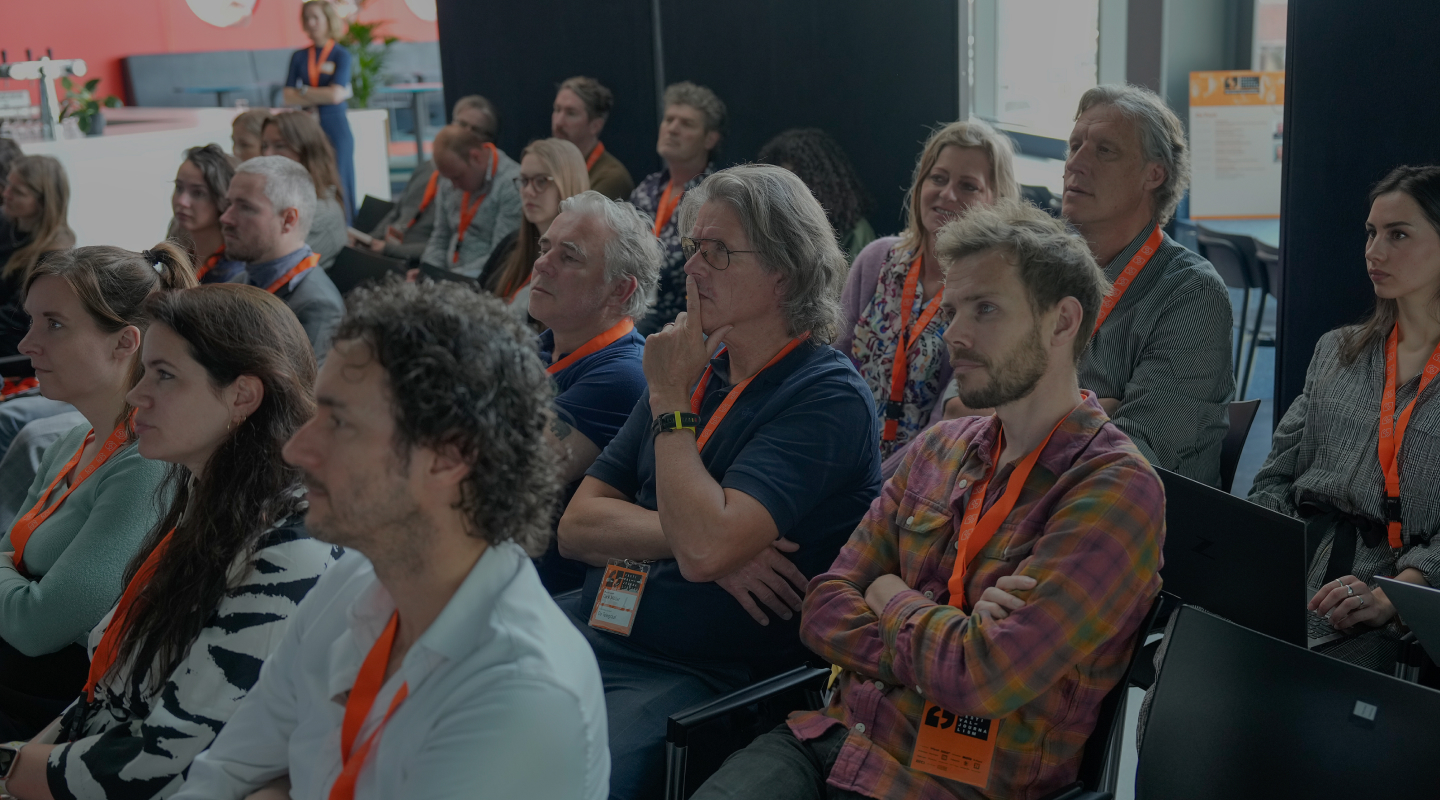
Mediahuis Academy brings together all learning options
Since September 2023, all Mediahuis entities have operated on the same future-proof learning platform. The offer on the platform is very diverse: from technical, digital and data training, to courses on leadership, personal development, vitality, diversity and inclusion. The platform offers in-house Mediahuis content: a wide range of on-site and online courses and e-learning options. In addition, it has an extensive library of external content, with a range of courses in various languages. Artificial intelligence is used to recommend training that matches the user’s profile, network and interests. These recommendations are regularly updated.
The HR training experts work closely with the various business units to determine what training is necessary in the context of the objectives to be achieved. They also look at the needs formulated by employees themselves. The learning offer is compiled as broadly as possible, across national borders, so that as many Mediahuis colleagues as possible find what they need.
Learning formats are diverse. Training takes place not only in a classroom but also via articles, podcasts, presentations, videos, e-learning and online webinars. The user decides which format is most suitable. Degreed also makes it possible to build learning communities and easily share content, knowledge and expertise with colleagues, both within one’s own team and across departments and entities.
Thanks to Mediahuis Academy, every team member has the opportunity to keep up to date, connect with colleagues from the same field, hone their existing skills and develop new ones. This approach allows employees to excel in their current role or prepare for a new position, within or outside their own entity.